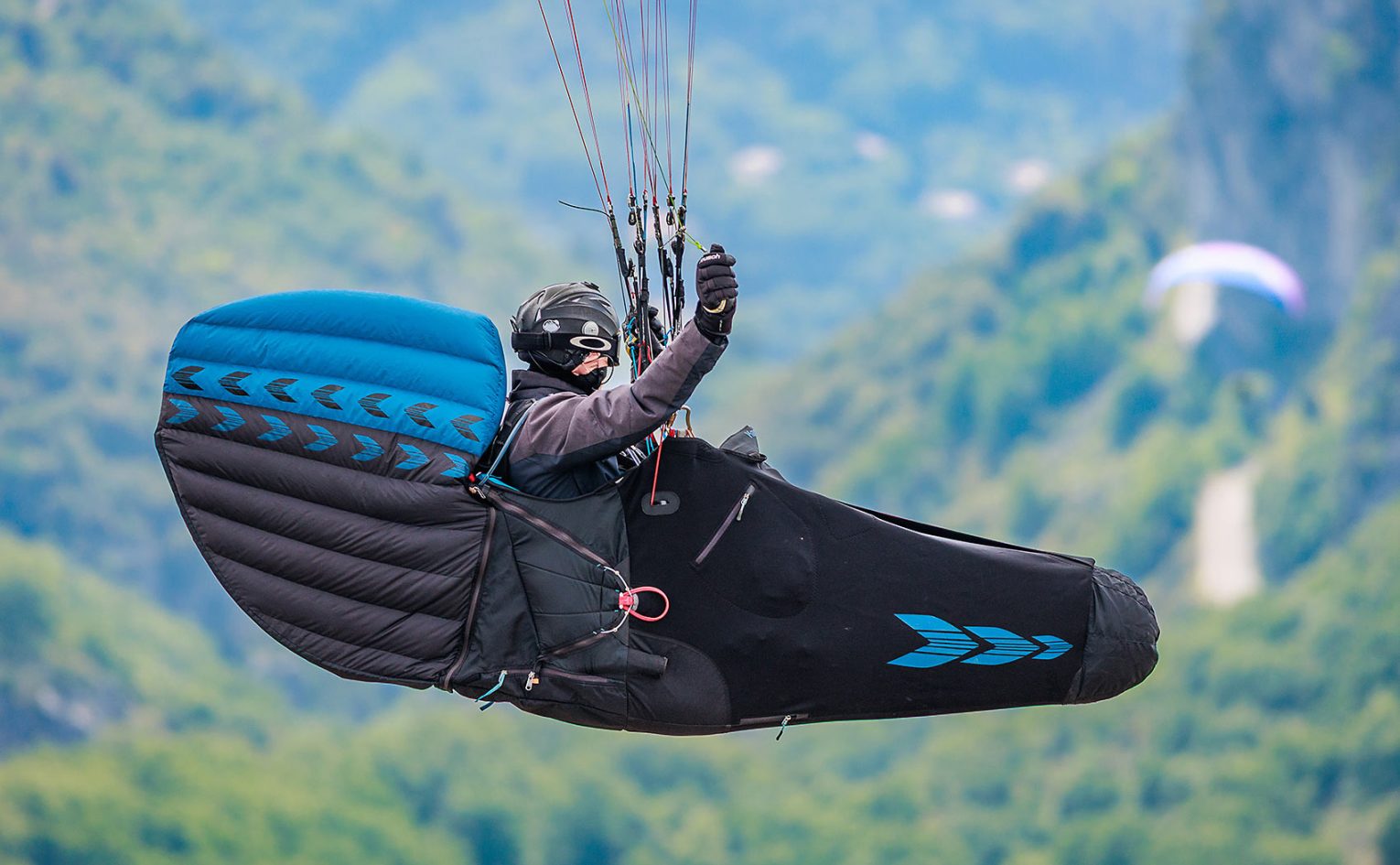
CIVL Comp harness rules
CIVL updates the rules surrounding harnesses
21 April, 2025, by Ed EwingThe latest work to create a new competition standard for paragliding harnesses was presented at the CIVL plenary in March. The seven-page proposal was created by a dedicated competition harness standards working group, which includes a mix of active pilots, manufacturers and harness designers.
The group’s long-term goal is to evolve safety-related requirements for competition harnesses, including back protection, pilot visibility, ‘tail wrapping’ and usability. They also want to “define portability standards” so that a competition harness can “continue to fit into a standard paragliding backpack” and have a maximum weight of 10kg, less reserves.
Overall, they want to see more emphasis on pilot safety and less on the chase of pure performance. Significantly, the new standard says pilots must be able to get into the harness’s “most aerodynamic flight configuration” or transition into landing position – legs out of the pod – without having to take their hands off the brakes.


Since starting on the work two years ago some things have already found their way into competition harness design. Notably, the replacement of the zipper for a magnetic strip on the long pods of comp harnesses is seen as a significant safety improvement – because pilots don’t have to fiddle with a zip. Meanwhile, the back protection issue has also been passed across to a different group working on a new overall EN harness standard.
The proposed new rules are limited to competition harnesses being used in the biggest Category 1 competitions – world and continental championships – and would come into effect from 1 January 2026. A four-year ‘grandfather exemption’ would allow pilots to fly their older harnesses in these competitions without having to shell out immediately for a new harness. This should allow for the “typical” lifespan of a competition harness.
Where Category 1 competitions lead, Category 2 competitions largely follow, so it is expected that the new rules will have a sport-wide effect over time.
This article was first published in Cross Country 257











